The single greatest challenge for me has been camera phones, and the fact that the vast majority of people have no understanding about the differences in quality output as most are just interested in posting an image to the web. However the internet has totally changed the way everyone views photography i.e. dumbed down the knowledge base. Most young photographers I run into now have no idea about DOF, and how it affects an image, or what shutter speed and aperture are. The other huge challenge is the “digital” label, which has seemingly destroyed the fact that a photographic print still should be considered an art form. The general perception is that the image was “photoshopped”, so it’s not real. Most of the same people never worked in a darkroom with color (which means you are working in total darkness), and tried to burn/dodge, add custom color effects to a color print.
The Digital darkroom allows for much more control. In fact I spend much more time on a digital image than I ever did on a darkroom project. One other challenge is that in my mind your photo is not a photo until you can print it. The entire knowledge base of making a print is quickly disappearing as most photographers now shoot for the web, “post and go” as I call it. Taking either a scanned film image or digital capture and creating an inkjet print that fully represents the image on your monitor was my single greatest learning curve.
What is your favorite photo gear or tool that you take with you on every shoot?
That would be my tripod with either my Arca Swiss D4 geared head or Arca Swiss Cube head.
With a wide-variety of gear on the market, why did you choose the Phase One System?
I started with Phase One in 2008 with the P45+ because I wanted the best native resolution possible, and at the time the 39MP P45+ far out classed any current 35mm DSLR in resolution. For large prints, the more native resolution the better. I have never found a true magic up resolution software tool, even with the tools that have entered the market lately. I loved the color on the P45+ and still find that I can produce wonderful prints from the files. Phase One has led the way in high resolution camera systems, and I was quick to move to the IQ3 100 as the CMOS solution worked so much better for my work flow. I have always felt that the dealer channel method of distribution by Phase has been an asset for me along with their value add warranty.
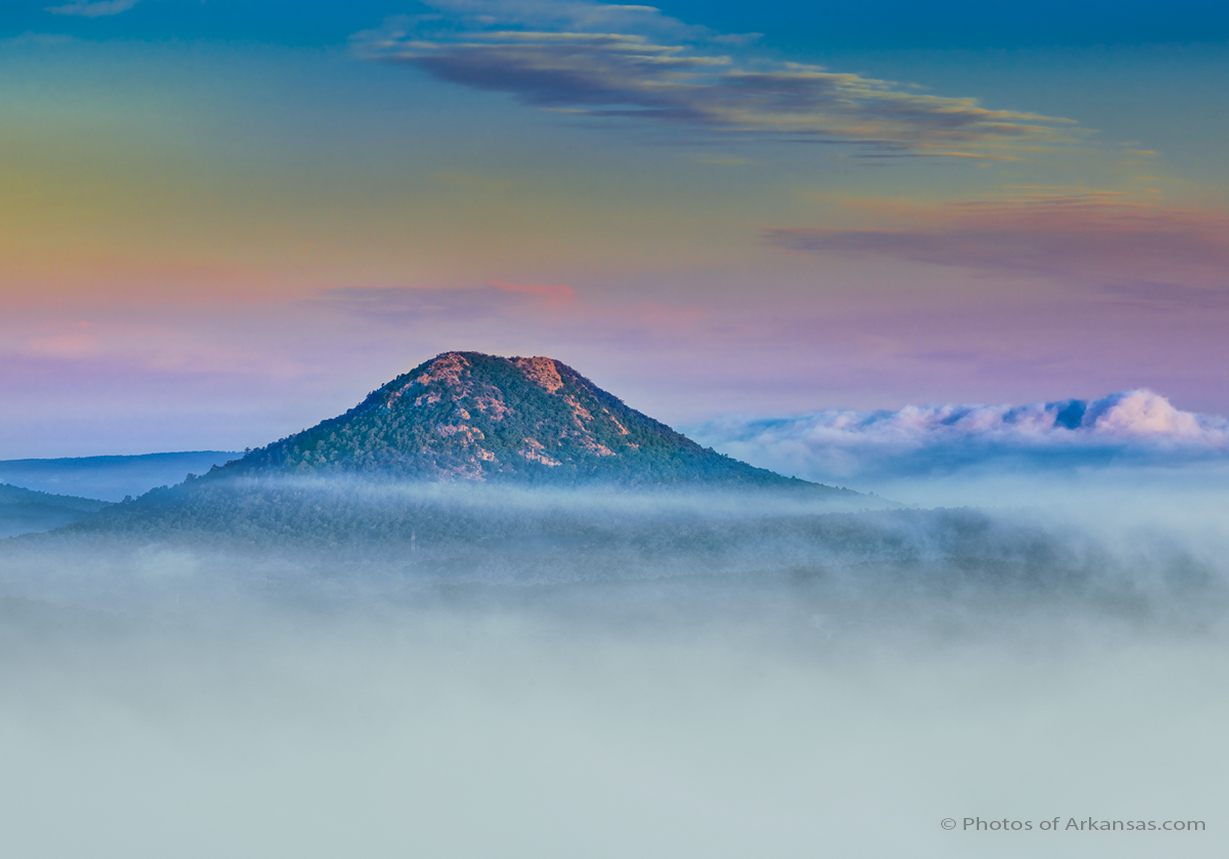
Lighting plays a major role in telling the story of your image. What are your favorite lighting techniques to tell your story?
I am a slave to the sun, as I do not work in a studio. Some of the best shots I have taken were just a matter of being at the right place at just the right time. But an understanding of the scene and play of light is important. When will the sun provide the best overall illumination for the shot I am trying to capture: sunrise, midday, late afternoon or a sunset shot. Water and scenes involving water are an important part of my work. I tend to prefer the blurred look for water so having a good understanding of ND filters and polarization is important as both are needed to capture the best solution. Many times I will make multiple trips to a spot as the light was just right for the effect I was after. I am a huge fan of bracketing for exposure. As in most instances, my scene will have enough Dynamic Range that if I expose for the highlights, I will possibly under expose for the shadows. This was a bit more of an issue with the CCD backs. Phase One’s implementation of Frame Averaging on the IQ4 150 has been one of the single greatest features that I use whenever the scene allows. In fact even on a windy day I will still use a Frame Averaged exposure, since odds are that I can still use part of that image for cleaner shadows.
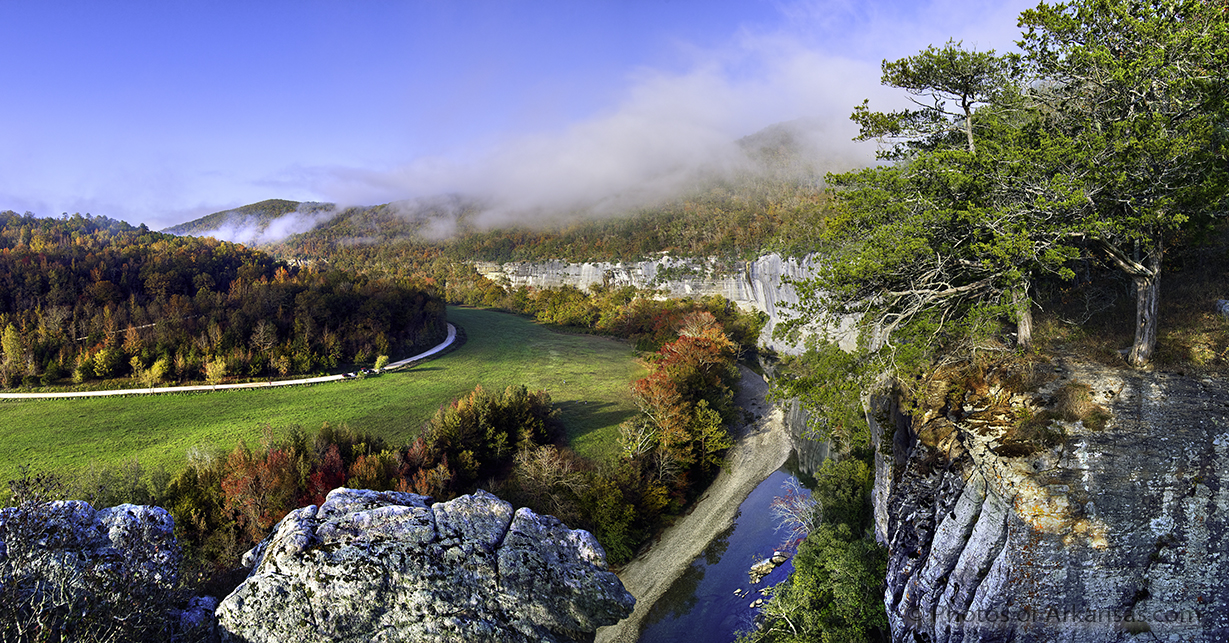
In which ways do you see your work evolving in the next 5 – 10 years from now?
It may be hard to believe, but I really don’t see much change for my work. I still want to produce large prints on inkjet printers or digital output for a print shop. The technology in the current papers and printers really has reached maximum threshold, at least for my work. Cameras, it’s even simpler, as I can’t see ever needing more than 150MP of resolution. The IQ4 has the ability to create an amazing file and I hope that improvements with the IQ4 150 – remote control via wifi being one of the biggies – will continue. In my future, one of the main evolution’s will probably be in how digital images are handled and manipulated.
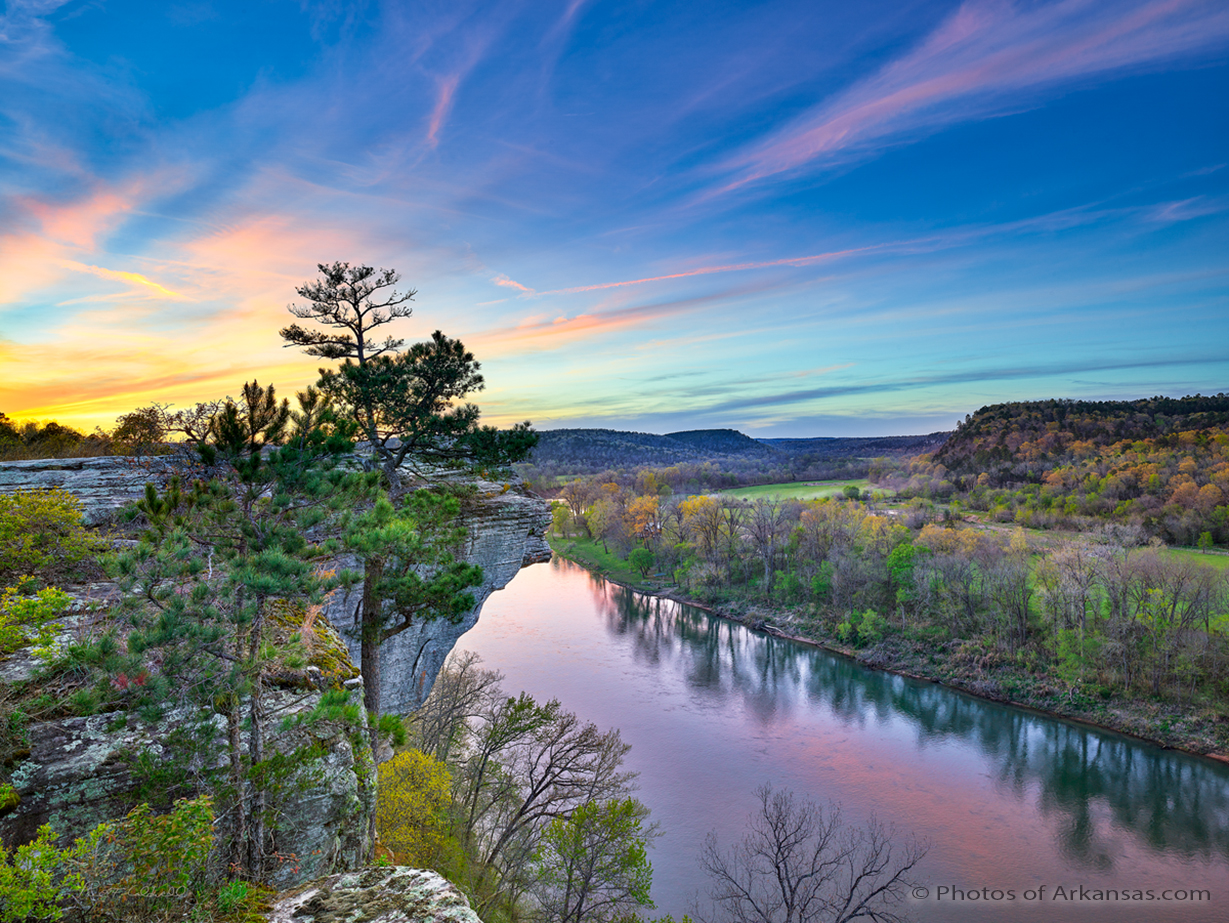
If you could have given yourself any advice when you first launched your career in photography, what would it be?
Slow down and take a breath and when given the chance to learn from others, take it in stride.
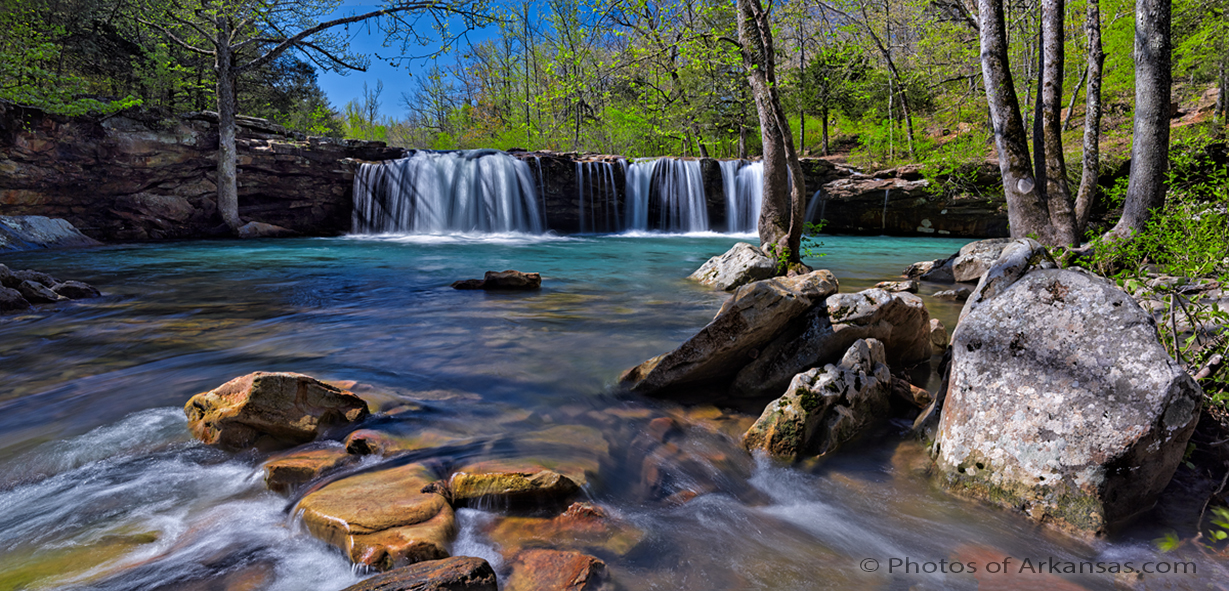
Why Capture Integration? What made you select us as a partner?
I have found that one of the most important links in the chain, is the dealer when considering a medium format camera. Capture Integration has been an excellent resource for me over the years, and I wish I was closer to Atlanta so I could attend some of the classes that are offered. The technical support offered is a key reason also. There is no way to reach Phase One, so having a strong dealer that offers great technical knowledge is critical. Just having the chance to call up and bounce an idea off the staff is a huge asset for me.
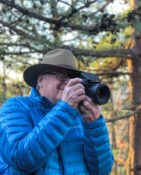
Connect with Paul Caldwell
Website: photosofarkansas.com